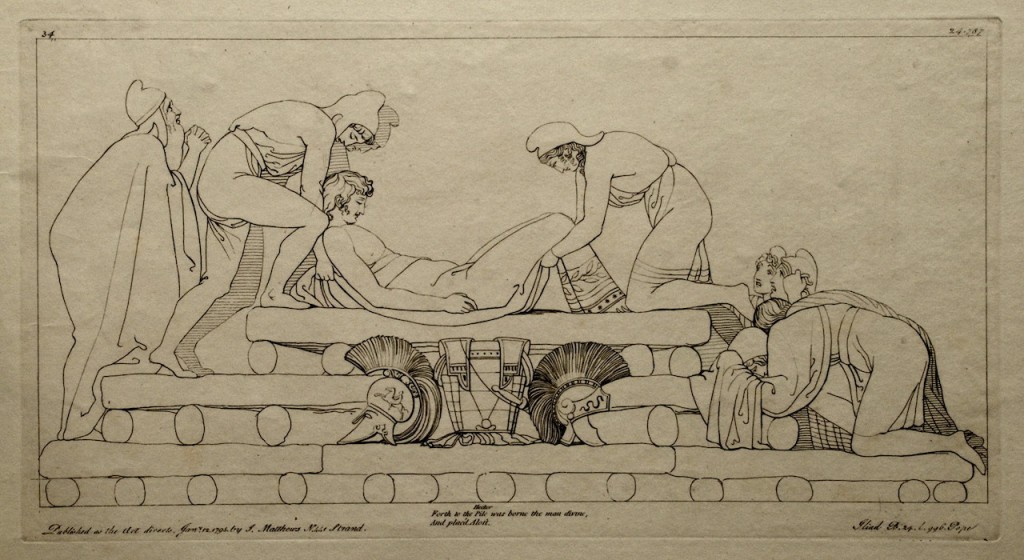The CHS team is happy to share the complete edition of Professor Nagy’s samplings of comments on Iliad Rhapsody 1 through Iliad Rhapsody 24, A Sampling of Comments on the Iliad, available on the CHS website.
The comments I offered in Classical Inquiries on Iliad Rhapsody 1 through Rhapsody 24, starting here with Rhapsody 1 and now offer again here, are selected from seven books that I indicate in the bibliographical abbreviations at the end: BA, GMP, H24H, HC, HPC, HQ, HR, MoM, PasP, PH. Each one of these books has its own index locorum. My colleague Anita Nikkanen, an Associate Editor for the online project A Homer commentary in progress, has tracked the sequences of Homeric verses as listed in the indices for six of these books and then summarized my comments on those verses. Following up on her meticulous work, I used as my starting point her summaries as I undertook the writing-up of comments that can eventually be incorporated into AHCIP. My comments on the Iliad as I presented them in Classical Inquiries and as I re-do them here are merely samplings of the content that I hope to contribute to the overall commentary, to which a number of other colleagues will also contribute their own comments. That said, I begin by presenting comments on Rhapsody 1. At this point, my comments about this beginning of beginnings need no further introduction of their own.
The online publication of A Sampling of Comments on the Iliad is a result of the commentary that Professor Nagy has shared through Classical Inquiries with his readers. In it, Professor Nagy experiments with a variety of features and offers a preview of the larger, forthcoming project: A Homer commentary in progress.

Featured Image: “The Rage of Achilles,” by Giovanni Battista Tiepolo, 1757, [public domain], via Wikimedia Commons.
